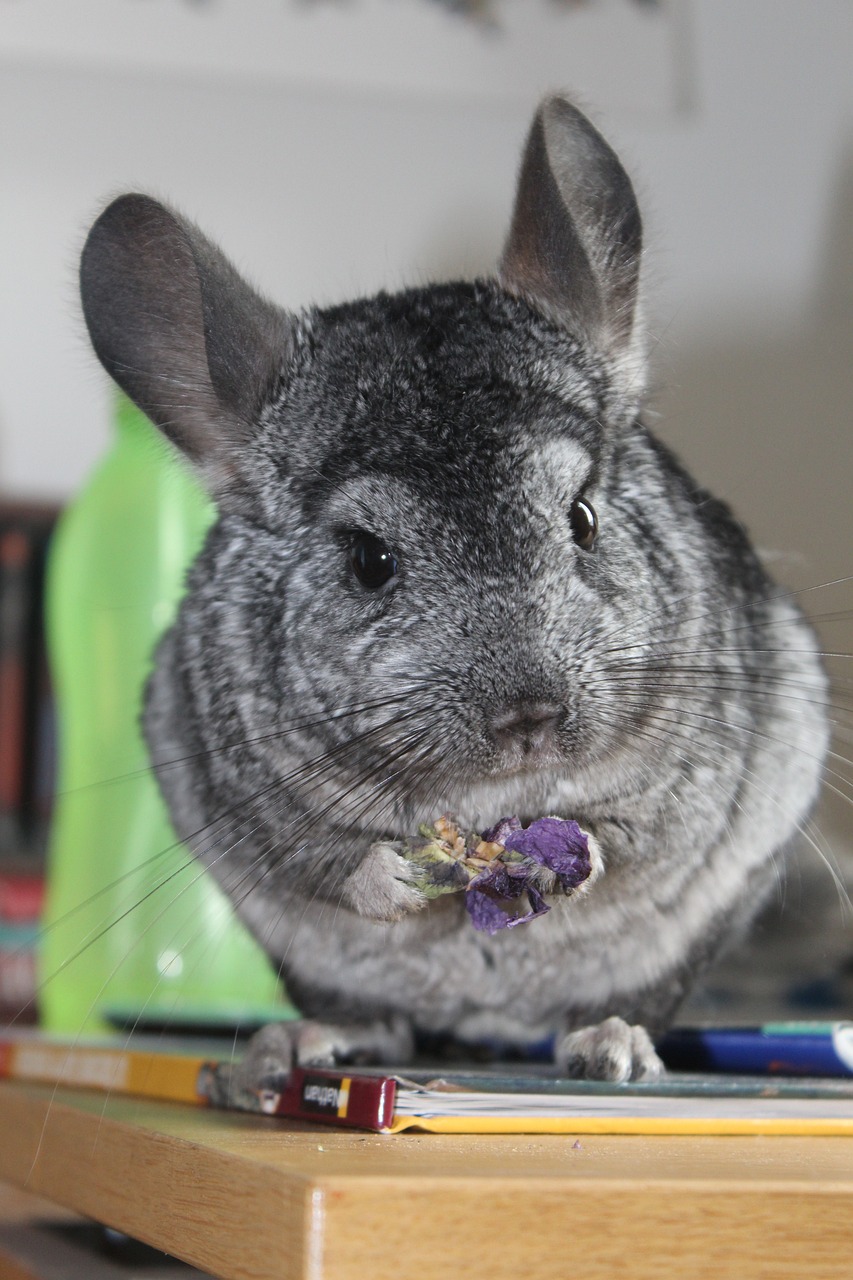Introducing chinchillas can be a rewarding but delicate process. To introduce chinchillas successfully, you should start with a gradual approach that ensures both pets feel safe and comfortable. This involves creating a neutral space for initial meetings and monitoring their behavior closely. Understanding their social needs is key to forming a healthy bond between them.

As you prepare for this introduction, consider their personalities and histories. Some chinchillas may be more dominant or shy, impacting how they interact with a new companion. With the right setup and patience, you can help them adjust to each other in a way that promotes harmony and reduces stress.
By following these careful steps, you can foster a loving relationship between your chinchillas. Creating a peaceful introduction will not only benefit them but enhance your experience as a pet owner.
Key Takeaways
- Start with a gradual approach to introduce chinchillas.
- Create a neutral space for their meeting to ease tension.
- Monitor their behavior to ensure a safe and positive introduction.
Understanding Chinchillas

Chinchillas are unique pets with specific needs and traits. Understanding their characteristics and habitat requirements is essential for proper care and successful introductions.
Characteristics and Behavior
Chinchillas are social animals, often living in groups in the wild. They are known for their soft, dense fur and large eyes. Their fur helps regulate body temperature, which is crucial since they are sensitive to heat.
Chinchillas are naturally curious and playful. They enjoy exploring their environment and require mental stimulation to stay happy. Providing toys and opportunities for playtime is vital.
You may notice that chinchillas can be territorial. When introducing two chinchillas, pay attention to their body language. Signs of stress or aggression can include teeth chattering and raised fur.
Understanding these behaviors helps you create a harmonious environment. Patience is key as you will need to monitor their interactions closely.
Habitat Requirements
When setting up a chinchilla habitat, size matters. A spacious cage is necessary to allow movement and play. Look for a cage that is at least 24 inches wide, 24 inches deep, and 36 inches tall.
Chinchillas thrive in cool environments, ideally between 60°F and 70°F. Avoid placing the cage in direct sunlight or near heat sources. Good ventilation is also important to keep air fresh and reduce humidity.
Bedding should be safe and absorbent. You can use aspen shavings or paper-based bedding. Avoid cedar or pine, as these can be harmful to chinchillas.
Provide hiding places and platforms within the cage. This gives them a sense of security and encourages climbing behavior. Regular cleaning of the habitat is necessary to maintain a healthy living space.
Preparing for Your Chinchilla

Before you bring your chinchilla home, preparation is key. This involves selecting the right habitat, gathering essential supplies, and ensuring a safe living environment. Each aspect contributes to a smooth transition for your new pet.
Choosing the Right Cage
Selecting a suitable cage is vital for your chinchilla’s comfort and well-being. Choose a cage that is spacious, tall, and well-ventilated, as chinchillas are active and need room to jump and explore.
Cage Recommendations:
- Minimum dimensions: 24 inches wide, 24 inches deep, and 36 inches tall.
- Material: Use a metal cage with chew-resistant bars.
- Multiple levels: This allows for climbing and enrichment.
Ensure the flooring is solid rather than wire to prevent injuries to their feet.
Essential Supplies and Accessories
Once you have a cage, gather supplies to create a comfortable living space. Essential items include bedding, food, and water containers.
Key Supplies:
- Bedding: Use aspen shavings or paper-based bedding, avoiding cedar and pine.
- Food: Select high-quality chinchilla pellets and hay, like timothy hay.
- Water bottle: Choose a stainless steel bottle to prevent leaks.
Consider adding chew toys and hiding spots for fun and mental stimulation.
Creating a Safe Environment
Safety is crucial. Avoid hazards by ensuring the habitat is free from toxic plants, dangerous items, or chemicals.
Safety Tips:
- Avoid small spaces where chinchillas could escape.
- Use a secure, enclosed area for playtime outside the cage.
- Supervise any interactions with other pets.
Provide areas for hiding and explore, which will help your chinchilla feel secure in their new surroundings.
Resources
For more information on chinchilla care, use the following resources to guide you in your preparation:
- How to Introduce Two Chinchillas The RIGHT Way
- How To Bond Chinchillas
- How to Introduce 2 or More Chinchillas
These resources offer detailed advice and tips that can support you in providing a great home for your chinchilla.
Frequently Asked Questions

When introducing chinchillas, you may have several questions about the process. This section covers the steps to bond them, signs of compatibility, and best practices for a smooth introduction.
What are the steps to bond chinchillas for the first time?
Start by placing the chinchillas in separate cages that are close to each other. This allows them to get used to each other’s scents without fighting. After a week, introduce them in a neutral space. Supervise their interaction to ensure they are comfortable.
What signs indicate that chinchillas are getting along?
Look for relaxed body language, such as flopping down or grooming near each other. If they take turns chasing or playing without aggression, this is a good sign. Also, if they share food and bedding, they are likely becoming friends.
How long typically does it take for chinchillas to become comfortable with each other?
The process can vary, but it often takes a few weeks for chinchillas to adjust. Some may bond quickly, while others need more time. Be patient and allow them to build trust at their own pace.
What are the best practices for introducing new chinchillas to each other?
Always use a neutral area for the introduction. Avoid using cages that one chinchilla considers its territory. Make sure to introduce them gradually, and closely monitor their interactions to prevent any aggressive behavior.
Is it advisable to adopt one or multiple chinchillas if they are to be introduced?
It is generally best to adopt multiple chinchillas, as they are social animals. Having a companion helps reduce loneliness. If introducing a new chinchilla, ensure your current chinchilla has a friendly temperament.
What precautions should be taken to prevent aggression when introducing chinchillas?
Use separate cages placed close together initially. Always supervise introductions, and be ready to separate them if fights occur. Have a neutral space prepared, and consider using a carrier for safe interactions for the first few days.

